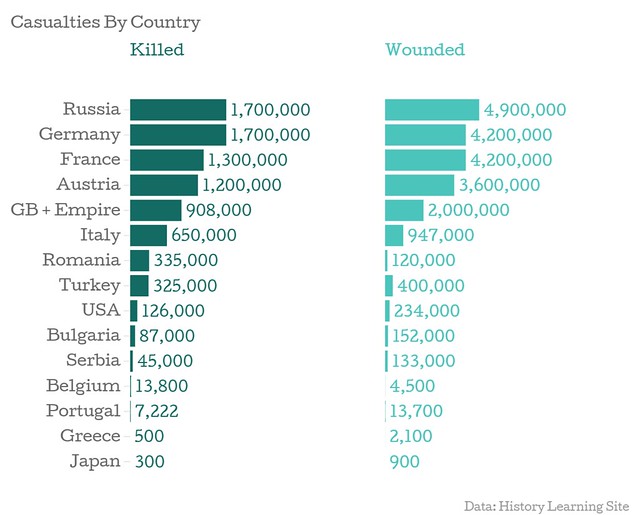1. This poster was meant to convey happy feelings
when people looked at it. It is a poster advertising how exciting joining the
Navy would be, in a time when they needed men to fight. The artist uses bright
colors to convey how exciting joining the Navy would be. The artist also uses a
man wearing a clean uniform that is blue, the color of boys, to convey that
this poster is targeting men and it is a good job, because the men can keep
their uniforms clean. Also, the poster is conveying a sense of urgency by the
words, “Ashore, on leave” saying that the Navy needs you whenever you’re ready.
The artist also uses the word, “wonderful” to convey how amazing this is to try
and convince men to join the Navy.
2. This poster is also targeting men by trying to get them to join. The colors outside the window convey life and activeness. The man inside the window is dark, and the question is asking men whether they want to be outside the window, with their friends, or inside the window, in the dark.
3. During WWI, propaganda posters were used to get women to join and help out in the army as medics. This poster is appealing to the maternal side in all women and getting them to join so that they can do something even better and take care of their soldiers.
